Well we know "baby sitting" on servo is wasting time. updating every ms, so is good to have separated board and microcontroller to controlling the servo.
Unfortunately, servo controller out there is just over kill, and pricey. so this is where the idea come from.
Using ATTiny13 or ATTiny 13A (anything that at least has min 1KB flash and 64 Bytes Internal SRAM will works )
This design using single layer PCB (bottom layer only) and the firmware only has 0,1 ms resolution. As i build this for proof of concept only, when i have time, i'll update the firmware and the PCB with double layer so i can put led for power indicator and RX indicator.
The reason why i only using 0,1 ms is because the reliability for UART. The UART is very poor, its about 70% hit rate. So for using this, make sure you send the command at least 3 times. Its because this board only using internal clock, and bitbanging UART, since ATTiny13 does not has hardware USART/UART.
The UART technique is developed by Eric Evenchick. And if you take a look of his page you even can use Half-duplex software UART single pin operation for this module.
The command for this module only using UART. you can connect the RX pin to your arduino or other microcontroller TX pin.
It has 2 type of command. The first one is single update servo command, and the second one is for updating all servo on the same time.
If you playing with MeArm by Benjamin Gray you would using the second command for updating all the servo for pointing your MeArm to the point that you want instead of only one by one.
Because the firmware is beta version, you have to trial n error to add some delay for each character, so the communication miss rate is decreased (especially for 2nd command for updating all the servos).
This is the sample command communication for updating the servo :
1st type (single update servo command) :
sent_string("A10"); //sent servo A value
sent_string('!'); //sent command to move the servo
_delay_ms(200); //wait for servo movement
using delay for reliable communication sample :
sent_string("A");
_delay_ms(1); //give a breath for the bit bang UART
sent_string("1");
_delay_ms(1); //give a breath for the bit bang UART
sent_string("0");
_delay_ms(1); //give a breath for the bit bang UART
sent_string('!'); //sent command to move the servo
_delay_ms(200); //wait for servo movement another sample ://sent value for all servos and move the servos
sent_string("A10B15C10D20!");
/*from command above, if any miss communication of one or more servos value, the another value that received will be processed*/2nd type (updating all the servo)
sent_string("A10B15C10D20*") //sent value for 5 servos and move the servos
/*
with asterisk '*' (star) command, if any missed value all servos will not executed
*/- Because of hit rate UART less than 70% there is good for you to repeat the command 3-5 times.
- With a proper delay for each character being sent, i found the hit rate is among 95%.
- All files is in "Build Instruction" section.
- More discussions at http://hackaday.com/2015/12/18/a-tiny-servo-motor-controller/
 arief ibrahim adha
arief ibrahim adha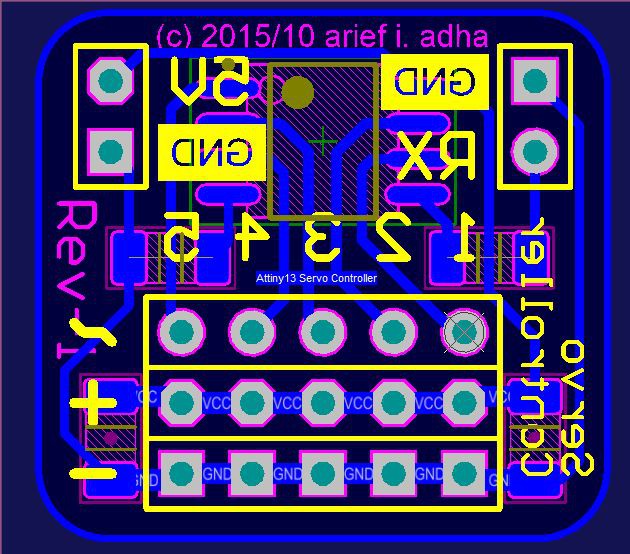
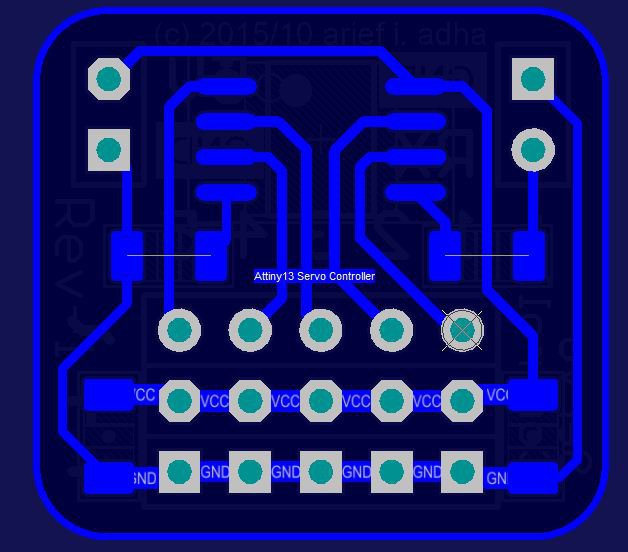
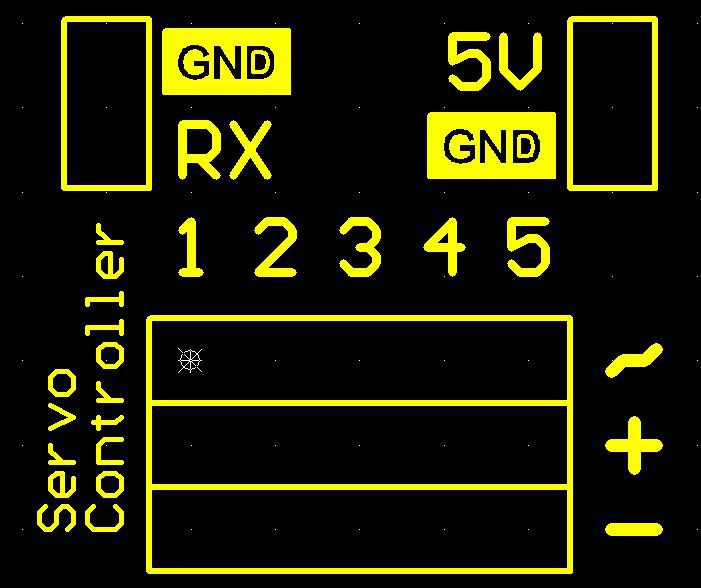
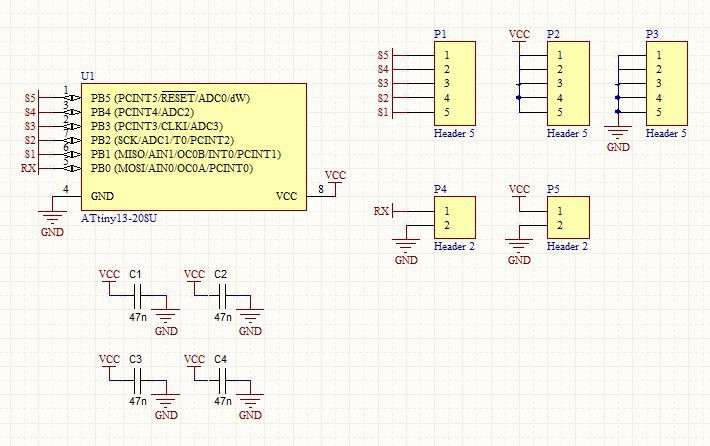
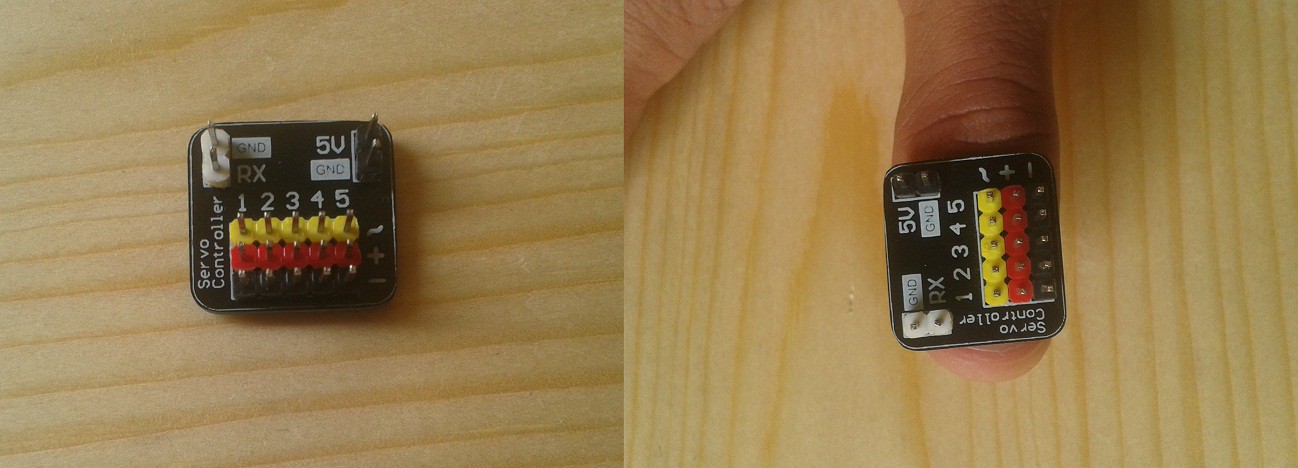

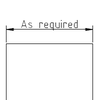


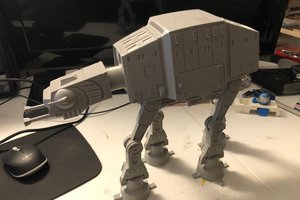
 Luke J. Barker
Luke J. Barker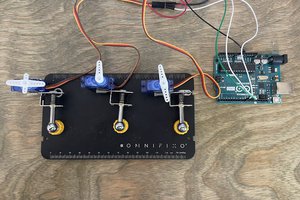
 Smalls
Smalls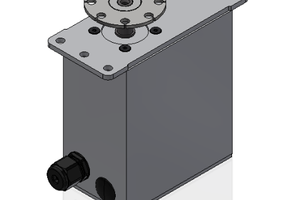
 patchartrand
patchartrand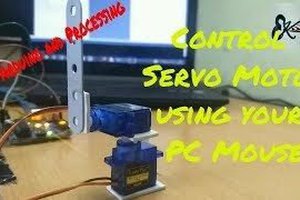
 engineerkid1
engineerkid1
Thank you :